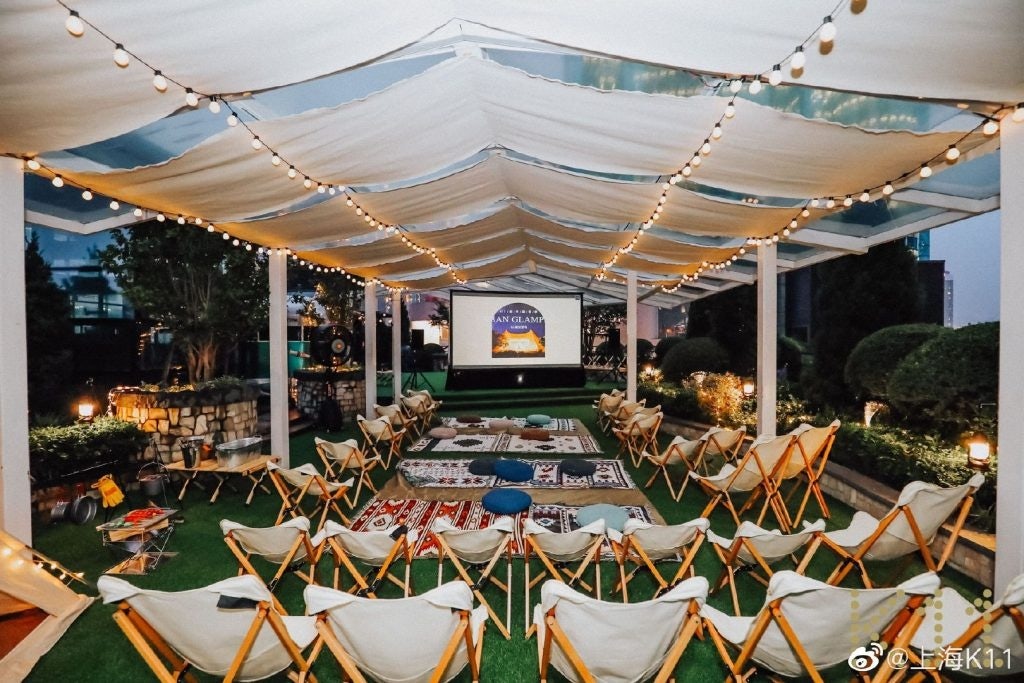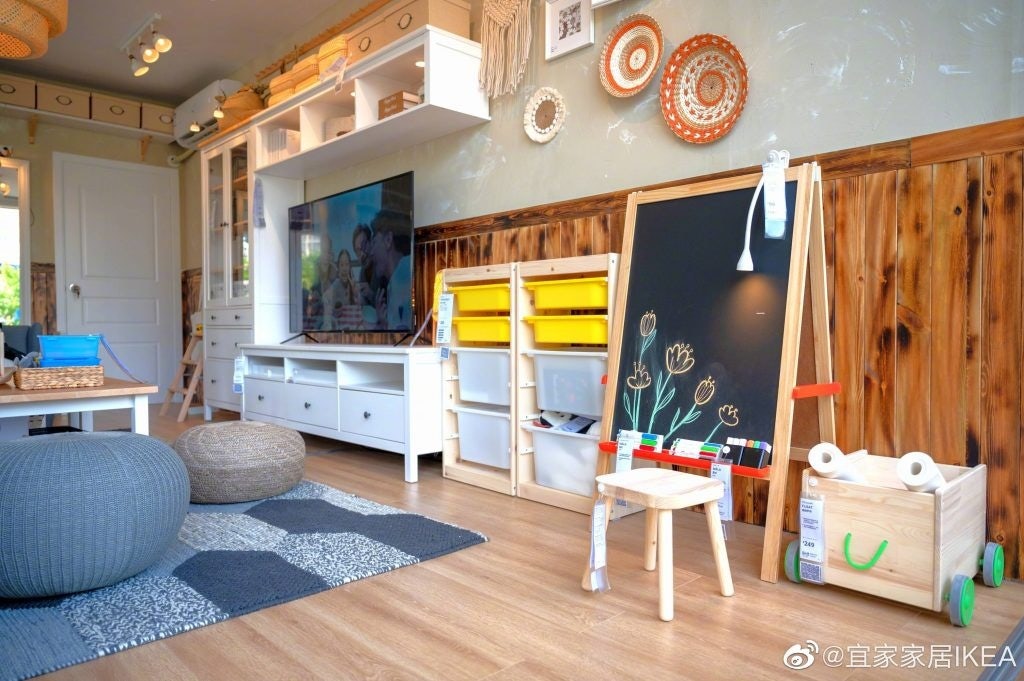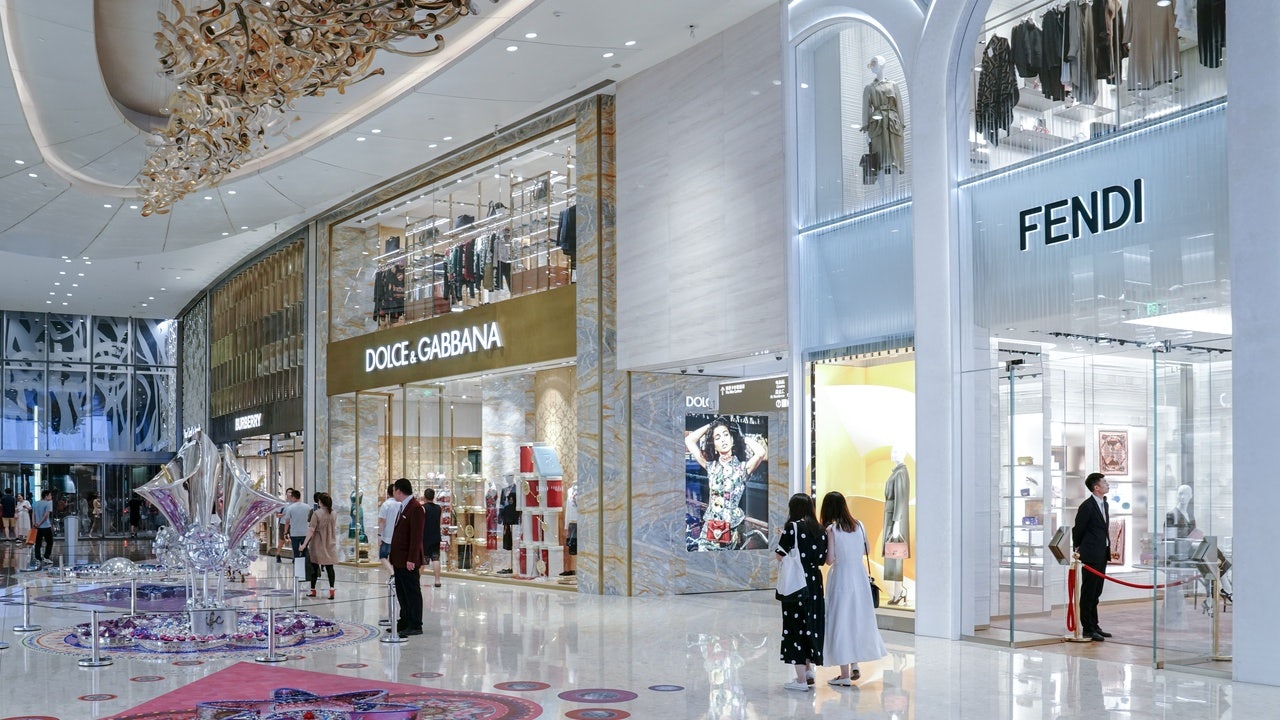Key Takeaways:#
The ability to communicate with a sales rep and see/feel/touch products are essential components of the luxury experience.
A compelling luxury story is achieved by building a strong, in-store brand experience.
Customers appreciate the comfort and convenience that come with curbside pickup and buy-online/pickup-in-store options.
The global pandemic has changed retail for good. But despite a surge in e-commerce during the COVID-19 outbreak, there are clear signs that traditional luxury is returning. That is hardly surprising if we consider how luxury brick-and-mortar stores earn trust and build awareness.
And in our post-pandemic reality, when most shoppers yearn for in-person social interaction, the ability to communicate with a sales rep and see/feel/touch products have become essential components of the luxury experience. As such, retail heavyweights know they can only keep momentum if they adapt their physical footprint to the current customer experience requirements and market conditions.
Now, let’s take a look at four primary motivations for investing in physical stores.
1. Strong in-store experiences are becoming the new normal#
We achieve a compelling luxury story by building a strong, in-store brand experience. And as the consumer journey continues to evolve, traditional shopping experiences could transform retail spaces into experiential destinations.
Let's take, for example, the K11 mall in Shanghai — a retail space that is famous for introducing a museum-retail concept. K11 is “an art playground, where culture, entertainment, shopping, and living revolve around art,” according to its website.

The Shanghai retail space revisited the function of faded malls, and by doing so, launched a mixed-use space that builds community and drives in-store traffic. It is a concept that is more engaging because it appeals to all five senses.
In the 2017 paper "Multi-sensory cues in interplay and congruency in a retail store context: Consumer emotions and purchase behaviors," Miralem Helmefalk explains “that multi-sensory cues in interplay in a retail store atmosphere have a greater impact on consumer emotions and purchase behaviors than single visual, auditory, or olfactory setting-congruent sensory cues.”
In other words, customers will not get the same sensory stimulation online since they cannot touch, smell, or taste their desired product.
2. Human touch#
After the loneliness of the past year, customers are getting desperate to connect. But digital interactions are less human and more impersonal.
Today, even the customer service experience implies interacting with chatbots and AI technology. As such, we miss connections and the human, personal touch, forcing consumers to chase the more personalized and natural experiences that come from human handlers.
E-commerce giants like Alibaba and Amazon have understood the importance of human interaction and opened up physical stores that deliver authentic, immersive experiences.
Amazon opened its first staffed store on the Purdue University campus, described as “a place where students can pick up orders for anything from computers to macaroni and cheese, as well as receive and drop off rented textbooks and other school gear,” according to an article published in Knowledge@Wharton.
The Amazon store’s unique selling points are that it provides familiarity and convenience to customers. And in our rapidly changing environment, customers want this consistency.
On the other hand, Alibaba’s “new retail” vision has fully integrated store experiences into omnichannel retail. The recent purchase of shares in one of China’s largest big-box and supermarket chains, Sun Art, giving Alibaba a majority stake (72 percent) in the company, shows that Jack Ma’s e-commerce giant is eyeing a broader embrace of the physical space.
3. Retailers can provide fulfillment options#
During the pandemic, when consumers demanded lower-contact options, retailers started offering curbside pickup and buy-online/pickup-in-store options. These options are unlikely to go away once we go back to normal because customers appreciate the comfort and convenience they offer.
Additionally, retailers know these options boost retail foot traffic and sales and are far more affordable, efficient and speedy than traditional shipping.
4. Every physical touchpoint helps customers experience the brand#
The storefront and showroom setting help customers visualize products better.
IKEA does a wonderful job creating immersive shopping experiences, influencing customer behavior by improving interactions at every brand touchpoint. The Swedish ready-to-assemble furniture conglomerate fully integrates its products into spaces that look like our own apartments and homes, helping the shopper see and feel products in a natural setting. Meanwhile, the IKEA Place app uses AR technology to replicate the feeling of warmth and home in the digital space.

In the future, more e-commerce players will embrace physical retail solutions, although we expect they will select different paths to create value. From recreating the “mom-and-pop” store experience (but with a modern edge) to designing disruptive retail spaces that put technology at the forefront, there is a perfect fit for every brand.

